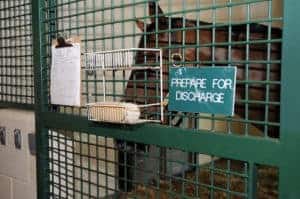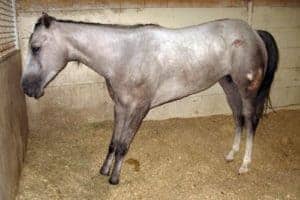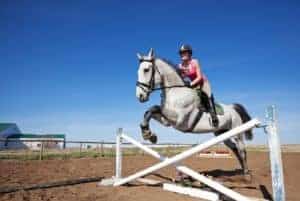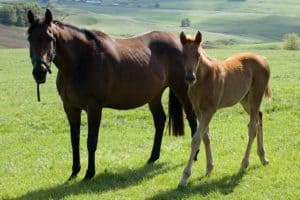
Repeat Colic Surgeries Don’t Always Have a Poor Prognosis
Of 22 horses that underwent a second surgery, 19 survived and were discharged from the hospital, researchers found.


Of 22 horses that underwent a second surgery, 19 survived and were discharged from the hospital, researchers found.

Veterinarians and researchers are on an ongoing mission to reduce the number of racehorse injuries and deaths during racing and training.

Horses’ oxygen consumption and cardiac output decreased by an average of 24% and 9%, respectively, when going downhill.

A thoracotomy improved affected horses’ survival rates while dehydration increased the odds of death.

Dental pulp injections helped reduce pain and improve lameness in horses with soft tissue injuries and arthritis.

One researcher believes records collected by vets seeing horses in the field could offer new insight into laminitis.

Does your colicking horse need to go to a clinic? Here’s how veterinarians determine the need for referral.

Study results revealed that three commercially available dewormers showed poor efficacy on the majority of farms tested.

Sonoelastography can help vets monitor healing and develop rehab programs best-suited for the horse’s recovery rate.

In a long-term study, researchers showed that 92.5% of horses discharged had returned to work four to eight years after surgery.

Researchers found that samples can be refrigerated for up to a week without adverse effects on egg counts.

Scientists looked at four years of data to try to predict facilities’ compliance with animal welfare legislation.

A resveratrol and hyaluronic acid supplement could have anti-inflammatory effects in aged horses, researchers found.

Foal size (and, indirectly, sex) appear to contribute to dystocia, especially among mares in New Zealand.

Donkeys are commonly diagnosed with sarcoids. Other common horse tumors, however, are not prevalent in donkeys.

How do cheesecake, gelatin, and penicillin relate to a treatment for strangles? Dr. Anna Kendall explains.
Stay on top of the most recent Horse Health news with